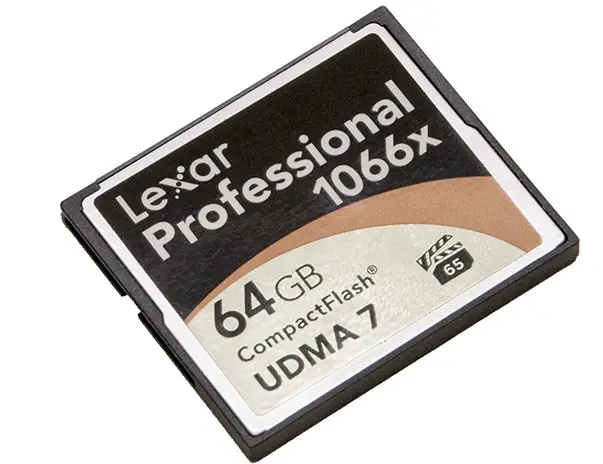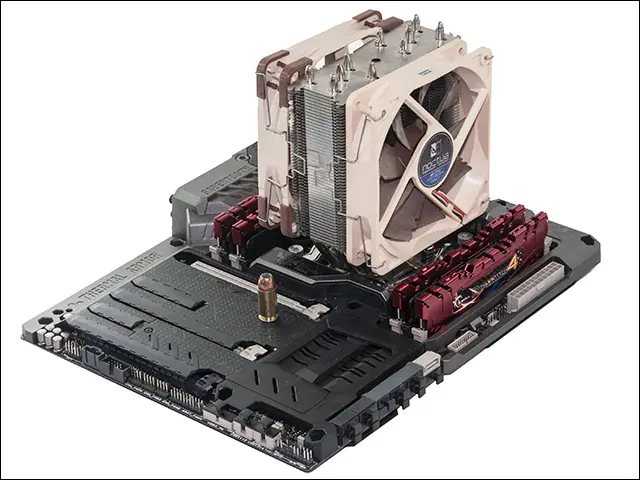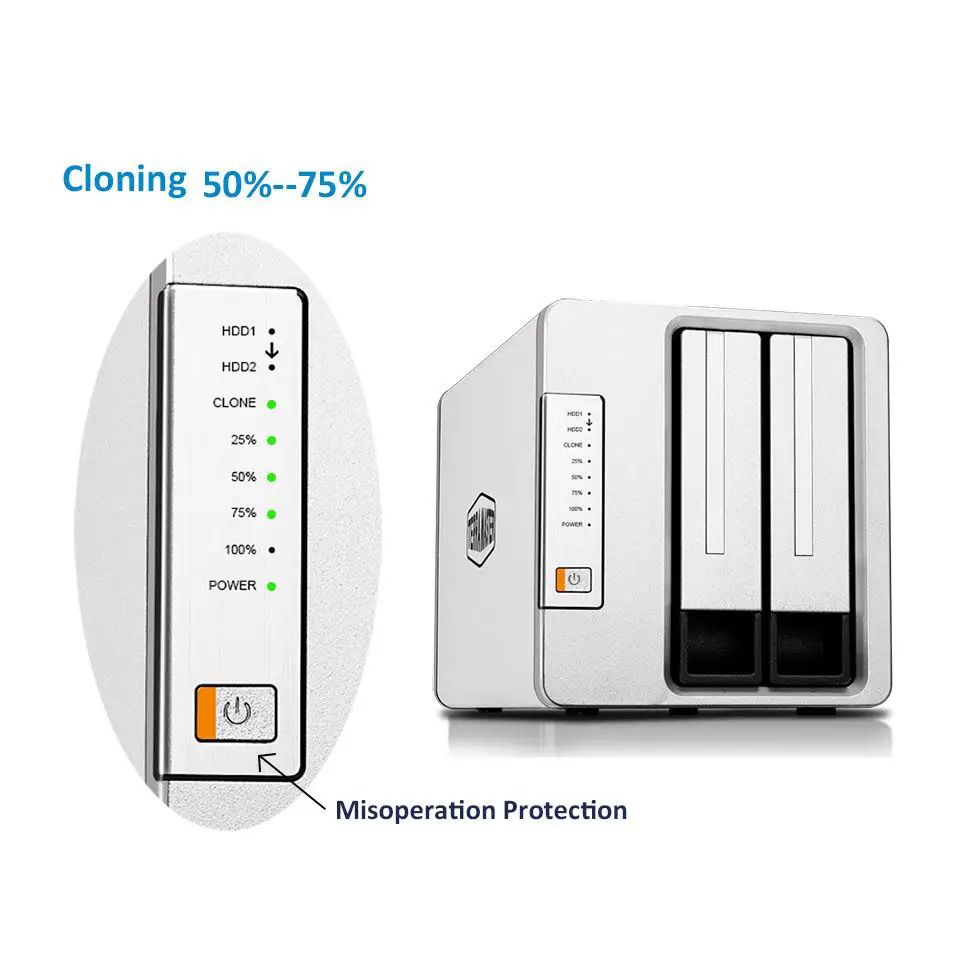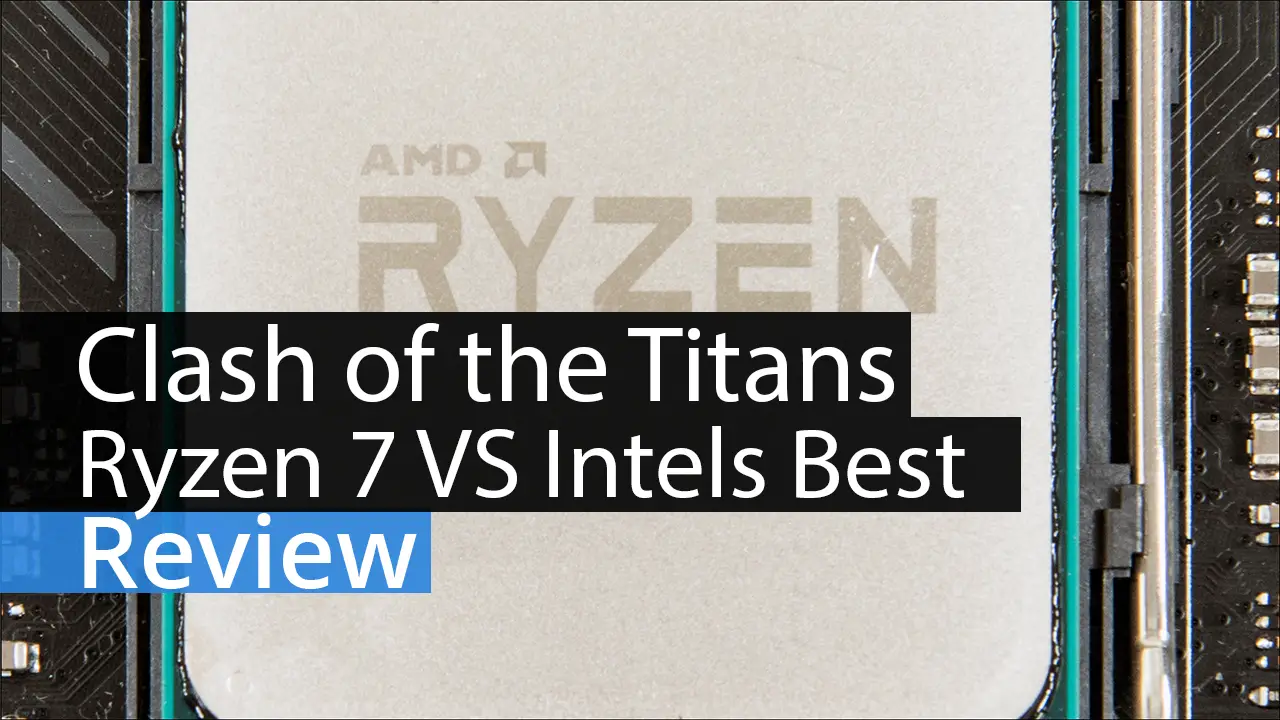Testing external storage designed for use in cameras is not like testing solid state drives, or even compact storage devices like ‘thumb drives’. These devices have very unique standards and have been optimized for highly specialized roles. For this reason we have chosen to a combination of synthetic and real world tests that will show the intended customer base what the real strengths and weaknesses of a product line are.
To this end we have chosen ATTO, AS-SSD, and Crystal DiskMark for our synthetic test suites. However, we have opted to not include any deep queue depth testing. Instead only the sequential, medium size, and single queue small file size tests are run. ATTO’s full range of file sizes will be included but this is only so that consumers can see the performance curves a given storage device offers. Furthermore we will be significantly discounting any results under the 8K mark in ATTO.
For real world we have opted for a two prong approach. The first test suite consists of our usual real world transfer test. This is a two part test. The first consists of timing how long a single 30GB rar file takes to copy to, and then from the devices. The second consists of timing how long it takes to copy to and then from 15gb worth of small files (from 100kb to 200MB) with a total 36,000 files in 1200 subfolders. For the card reader we have opted for Lexar’s WorkFlow USB 3.0 series. This series offers great performance, reasonable prices, and is specialized for a specific interface. IE each format has its own WorkFlow model that has been tuned for that particular storage type.
The second real world test consists of using an empty CF card and burst shooting using a D300s. While technically the D300s has a frame buffer of about 17 shots, the camera begins writing to the card as soon as the first shot enters the RAM buffer. By simply continuing to shoot unit the first slowdown, and then counting the number of shots on the card we can see what impact – if any – the increased (or decreased) performance of the card has on the actual frame buffer size. While the D300s is not able to take full advantage of newer UDMA modes, newer cards can still be faster in ‘compatibility mode’ than older cards thanks to faster internal components.
Note on camera used. Yes we are fully aware that the Nikon D300s is rather old. However, its sensor is still top notch and more important with the optional grip and battery adapter it is capable of 8 frames per second. Considering you can find barely used D300s bodies for under $500, this combination of speed and ability to use high end glass makes it a one of the best deals you can find.
For us we have no qualms about putting 100K shots on to a D300s body in a two year period, replacing it with another D300s and going on about our business – as $250 a year for the camera is well worth it. Equally important if while at a sporting event the camera is damaged/lost/stolen, we would be out less than a cheap P&S would cost. So yes it may be old, but it is not infirm; and our choice of expensive glass f1.4(prime) and f2.8 (tele) on inexpensive bodies is one that many professionals use. Will we eventually replace our fifth D300s with a D5…maybe. It all depends on if the value of the upcoming model can justify its price tag.
In between each test run the storage device is wiped and ensured to be in a virgin state via manual TRIM’ing the device using AIS’s FreeSpaceCleaner.
All tests are run four times and only averages are shown.
Main Test System
Processor: Intel i7 5930K
Memory: 16GB Corsair Vengeance LPX DDR4-2666
Motherboard: Asus Sabertooth X99
Cooling: Noctua U12S
SSD: 1x Intel 750 1.2TB NVMe SSD
Power Supply: Corsair AX860i
Monitor: Dell U2714H
OS: Windows 7 Ultimate x64 SP1
Card Reader: Lexar USB 3.0 WorkFlow CFR1












